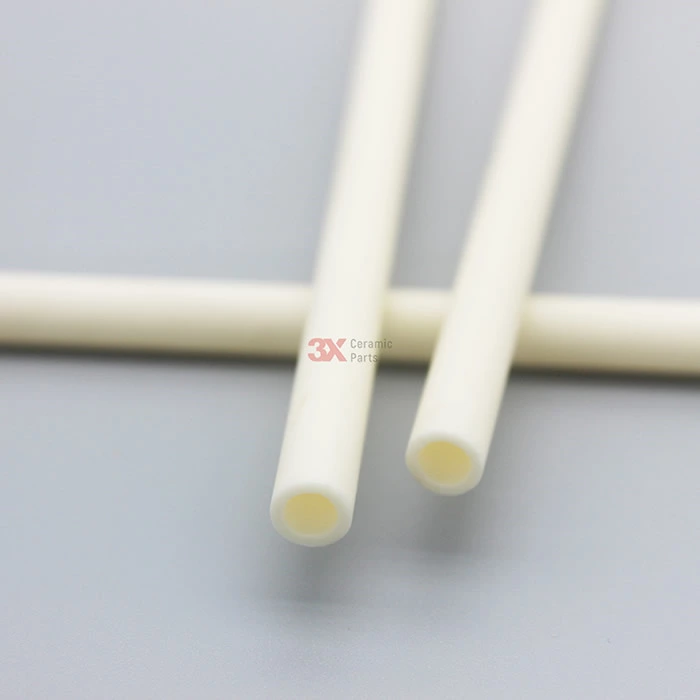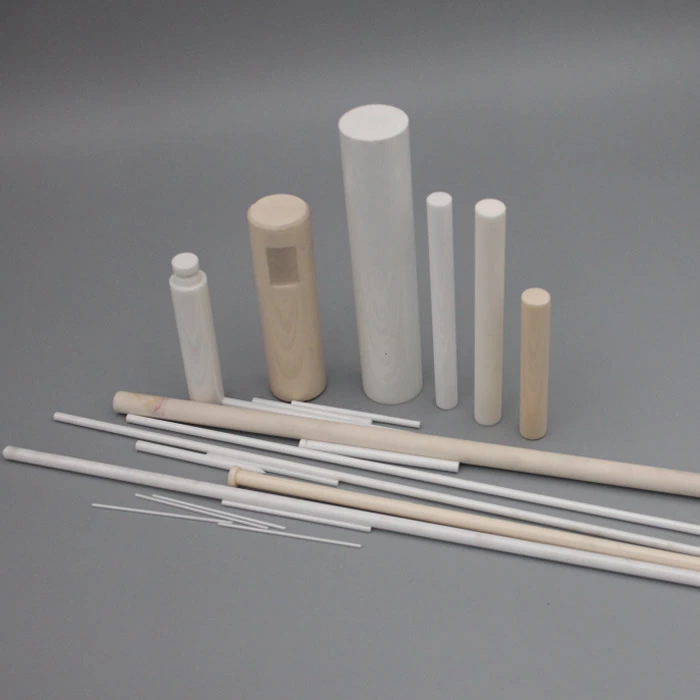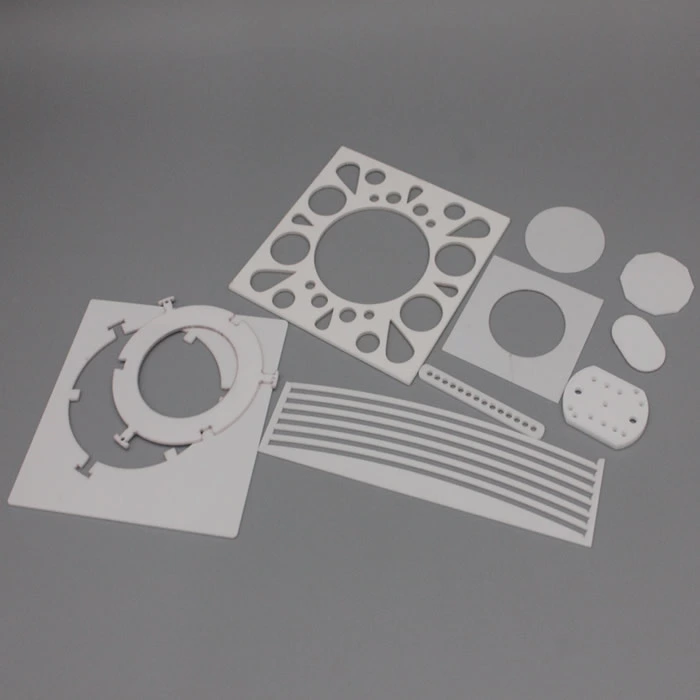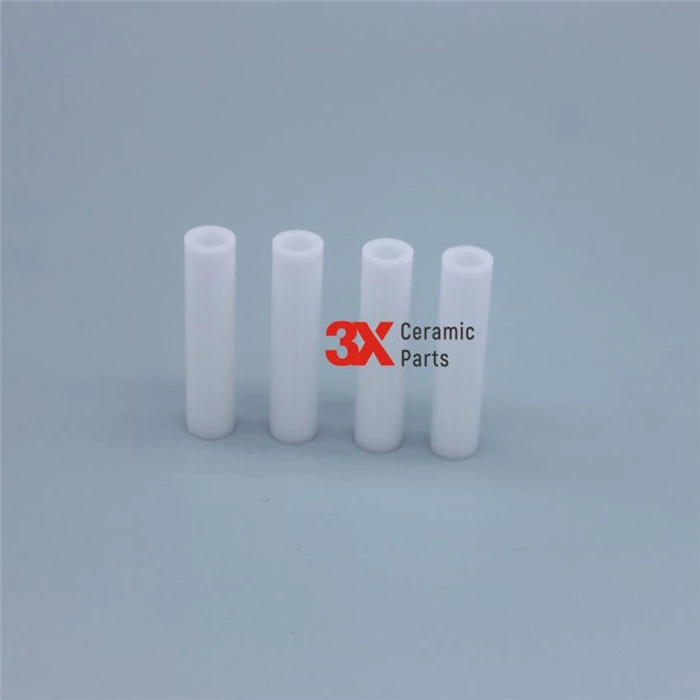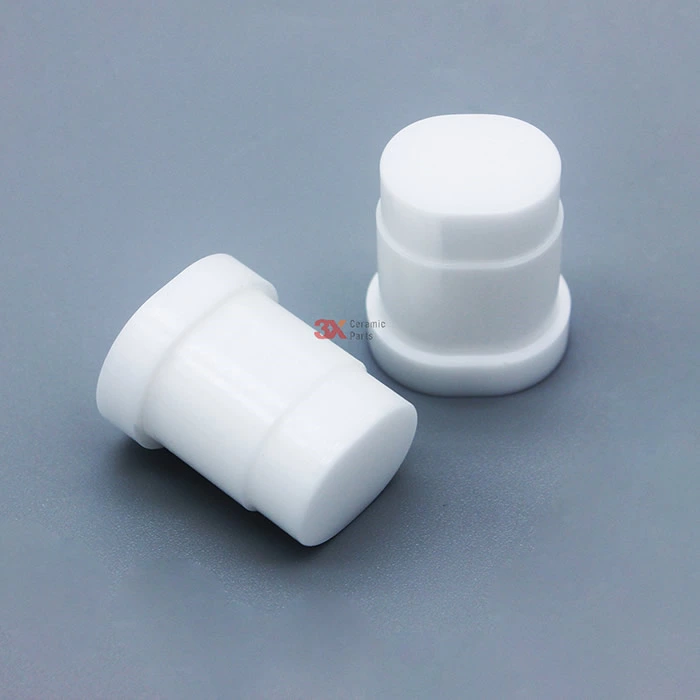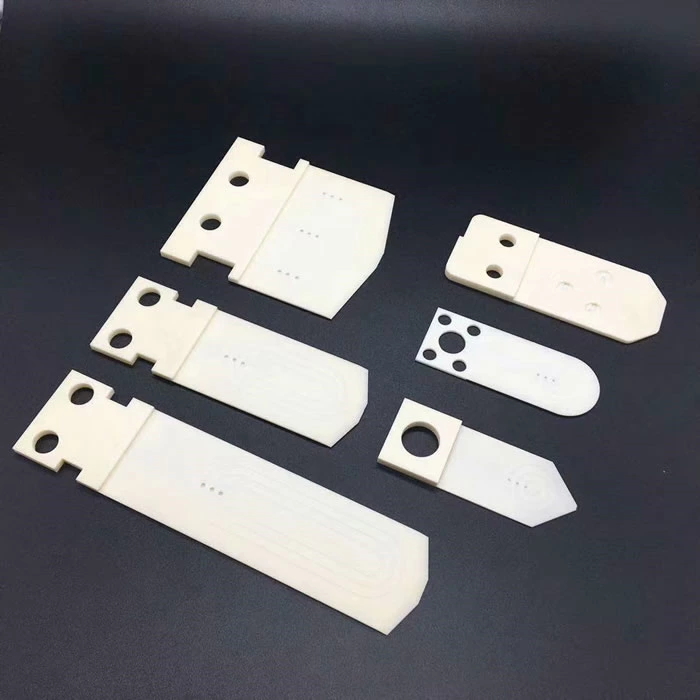Ceramic Substrates in Printed Circuit Board Manufacturing
Ceramic Substrates in Printed Circuit Board Manufacturing
In the realm of electronics, the role of printed circuit boards (PCBs) cannot be overstated. They are the foundational platforms upon which electronic components are mounted and interconnected, driving the functionality of modern devices. As electronic devices become more sophisticated, the demands on PCB materials grow, leading to the increasing use of advanced ceramic substrates. This article delves into the applications, characteristics, and current trends of ceramic substrates in PCB manufacturing, showcasing their importance and impact on the electronics industry.
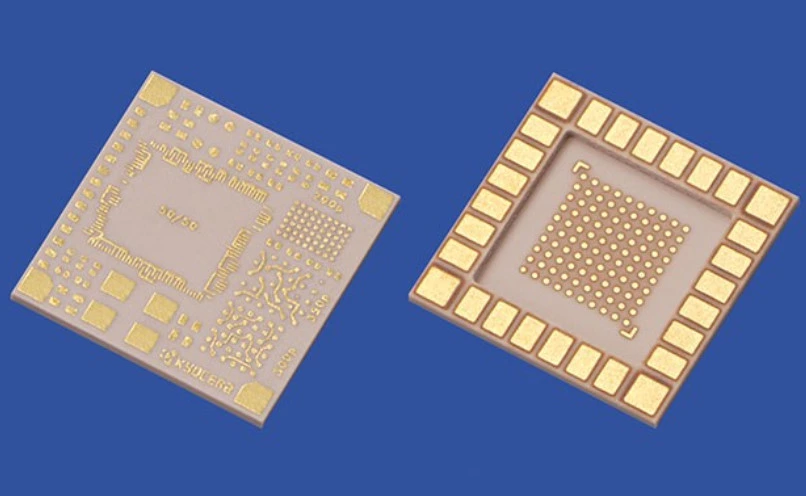
Ceramic substrates are base materials used in PCBs made from inorganic, non-metallic compounds. These substrates are processed at high temperatures to produce a durable, stable form. Common types of ceramics used for substrates include:
- Aluminum Oxide: Known for its good electrical insulation and moderate thermal conductivity.
- Aluminum Nitride: Offers high thermal conductivity and electrical insulation, suitable for high-power applications.
- Silicon Nitride: Combines high thermal conductivity with mechanical strength and chemical stability.
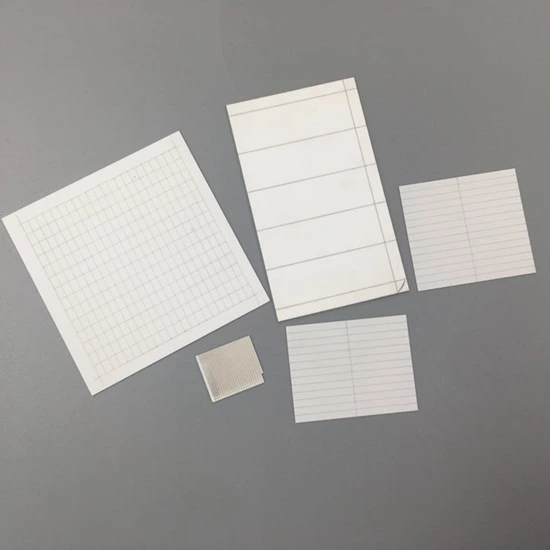
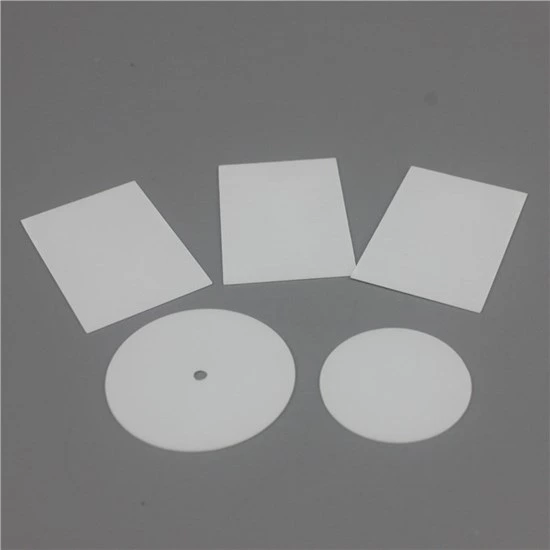
Key Characteristics of Ceramic Substrates
Thermal Management
- High Thermal Conductivity: Ceramic substrates, especially those made from aluminum nitride, are prized for their ability to efficiently dissipate heat. This property is crucial in high-power applications where heat management is essential to maintain device performance and reliability.
- Thermal Expansion Matching: Ceramics typically have a low coefficient of thermal expansion, which helps to match the thermal expansion characteristics of semiconductor materials. This reduces thermal stress and prevents mechanical failures due to thermal mismatches.
Electrical Insulation
- High Dielectric Strength: Ceramic substrates provide excellent electrical insulation, ensuring that electronic signals remain clear and that electrical interference is minimized. This is particularly important in high-frequency and high-voltage applications where signal integrity is critical.
- Low Dielectric Loss: The low dielectric loss of ceramics helps in maintaining signal integrity, making them ideal for use in high-frequency circuits where signal attenuation must be minimized
Mechanical Strength and Durability
- Robustness: Ceramics are known for their high mechanical strength and rigidity. This robustness supports the structural integrity of PCBs, making them suitable for applications subjected to mechanical stress or vibration.
- Chemical Stability: The chemical resistance of ceramics ensures their longevity and reliability, even in harsh environments where corrosion or oxidation might occur.
Current Applications of Ceramic Substrates
- High-Power Electronics
Ceramic substrates are essential in high-power electronic applications where effective heat dissipation is critical. Devices such as power amplifiers, laser diodes, and high-brightness LEDs benefit from the superior thermal management properties of ceramics. By efficiently transferring heat away from critical components, ceramic substrates help to prevent overheating and ensure stable performance.
- High-Frequency Circuits
In high-frequency applications, including microwave and RF circuits, ceramic substrates are used to maintain signal integrity and reduce signal loss. Their low dielectric constant and low loss tangent are crucial for minimizing signal attenuation and ensuring high performance in telecommunications, radar systems, and satellite communications.
- Automotive Electronics
The automotive industry demands electronic components that can withstand extreme temperatures and harsh environmental conditions. Ceramic substrates are employed in automotive applications such as engine control units, sensors, and power modules due to their durability and resistance to temperature fluctuations and vibrations.
- Medical Devices
Ceramic substrates are used in medical devices where precision and reliability are paramount. Applications include pacemakers, defibrillators, and imaging equipment. The biocompatibility and stability of ceramic materials make them suitable for use in critical healthcare applications where performance and safety are crucial.
- Aerospace and Defense
In aerospace and defense applications, where reliability and performance under extreme conditions are required, ceramic substrates play a key role. They are used in avionics, missile systems, and communication devices, providing robustness and stability in environments characterized by high temperatures and mechanical stress.
Advantages of Ceramic Substrates
- Enhanced Thermal Management
Ceramic substrates excel in thermal management, making them ideal for high-power and high-frequency applications. The ability to dissipate heat efficiently prevents overheating and ensures the reliable operation of electronic devices.
- Superior Electrical Insulation
With their excellent dielectric properties, ceramic substrates ensure minimal signal loss and interference. This is essential for maintaining the performance of high-frequency circuits and preventing electrical failures.
- Increased Durability
Ceramic substrates offer enhanced durability and chemical resistance, ensuring long-term reliability even in challenging environments. Their mechanical strength provides structural support, helping to prevent damage from mechanical stress or vibration.
- Compatibility with Modern Electronics
Ceramics' low thermal expansion coefficient aligns well with the requirements of semiconductor materials, reducing the risk of thermal stress and enhancing the overall performance and longevity of electronic devices.


